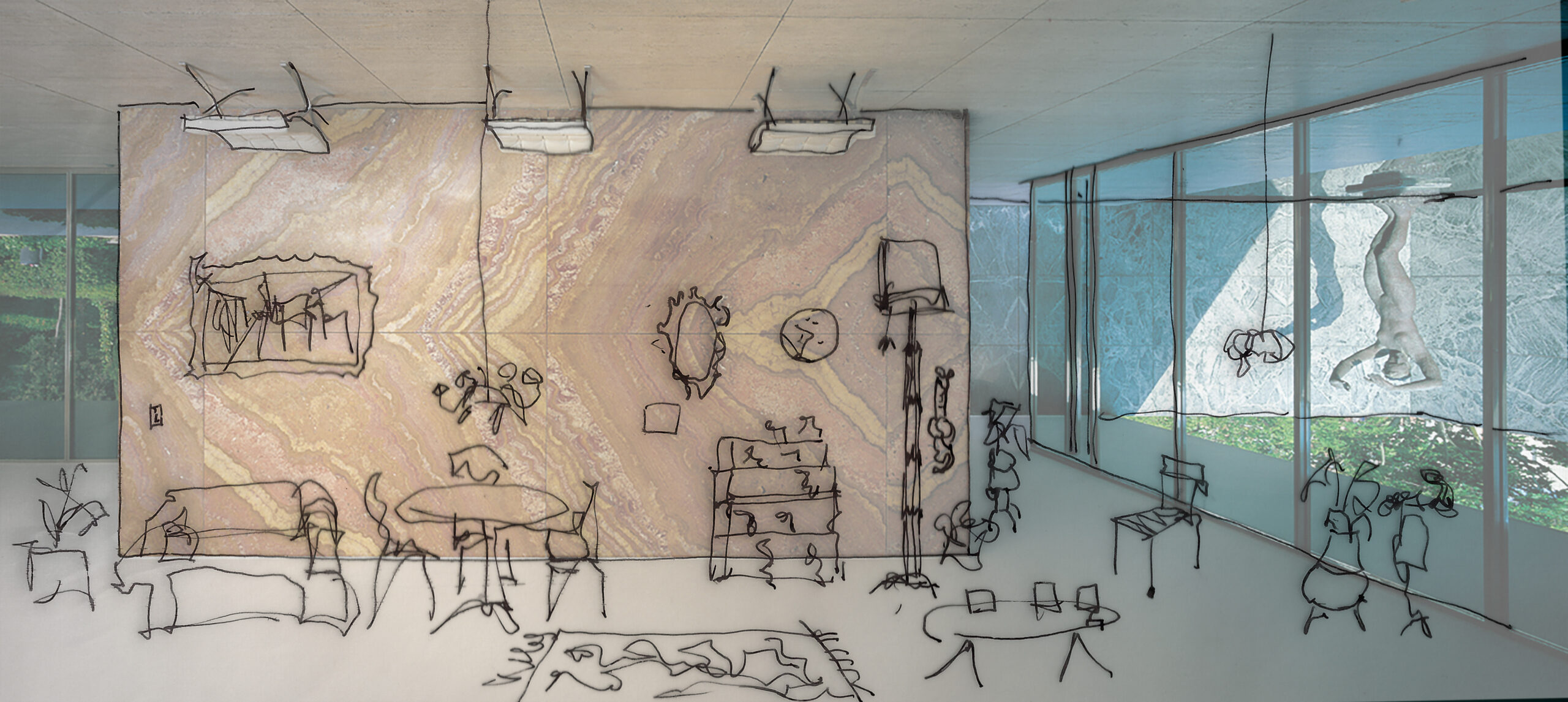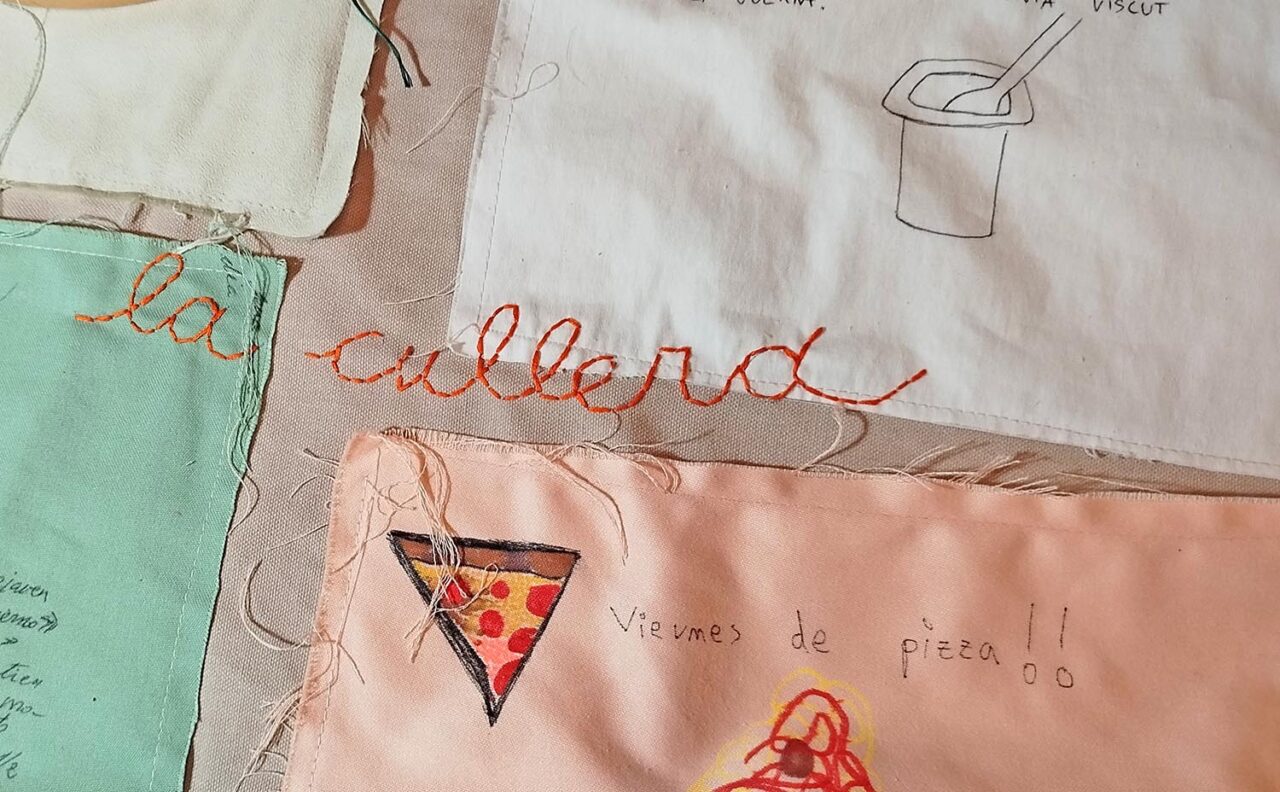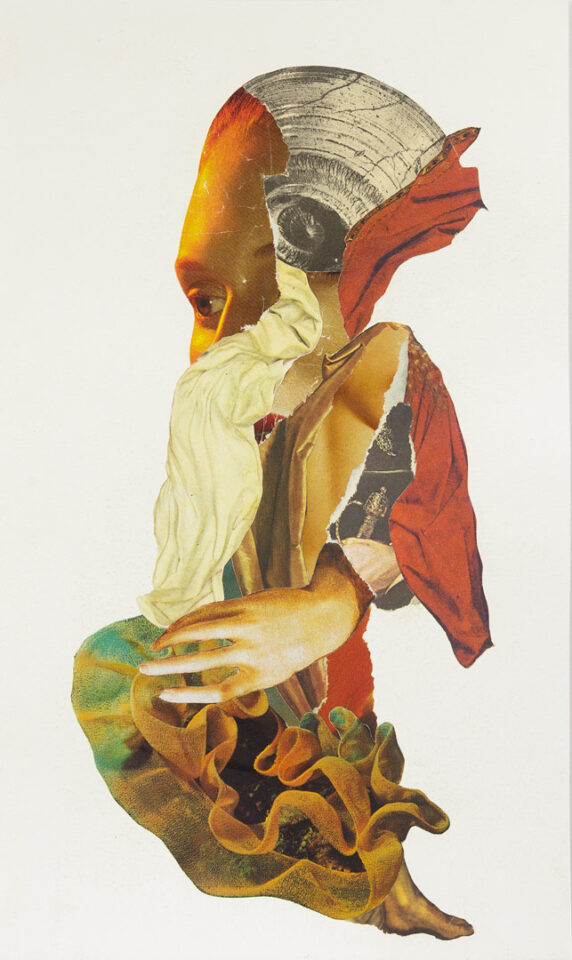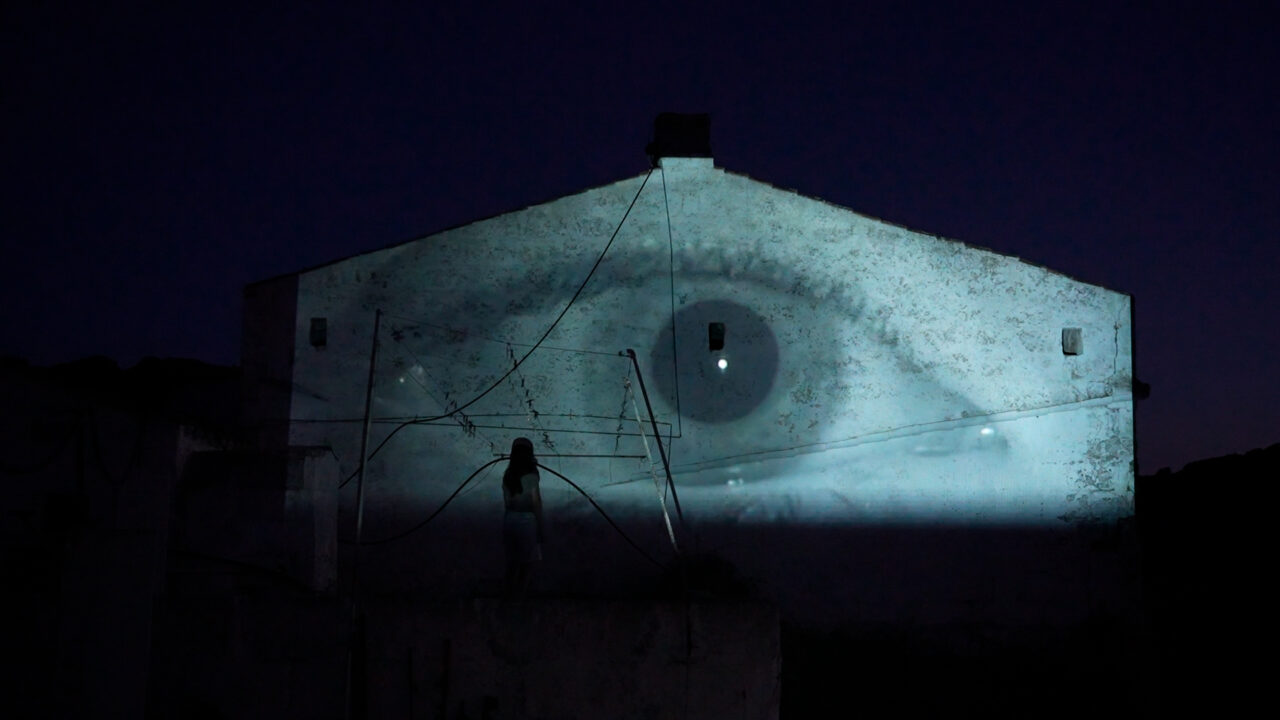La Padrina and the belongings of domesticity | Xevi Bayona
Architecture can make the space for living domestic. It is precisely the inhabitant himself who, to make it domestic, uses belongings; personal properties in the form of furniture and objects where he deposits his soul to keep a piece of his world.
The godmother was born in Barcelona in 1927, approximately the same period that Mies was drafting the pavilion project. More than ninety years later, apart from the memory, only her domesticity remains in the objects that once belonged to this person. Objects that furnish a conventional house in Olot and that now serve to ask us questions.
What domesticity does the Pavilion have? The geometry of the architecture gives the building a vertical symmetry, a centrality of the gaze that travels along a horizon line that divides the sky and the earth.
We will furnish the Pavilion with everyday objects to contrast it with the empty and bare space, we will make a move, this time temporary, to inhabit the pavilion symmetrically. The furniture will sit on the ceiling as if it were an invisible city by Italo Calvino.
It is an exercise to explain things by comparison and above all by contrast. A reflection of the space speaking with metaphors of life and also of death. The world above and below, the sky and the earth, the white floor and the travertine ceiling, the water as a porch and the clouds as a carpet. A change of perspective that invites reflection. Questions about the full and the empty. A compendium based on the godmother and the belongings of her domesticity.
In the opening of the artistic intervention La Padrina i les pertinences de la domesticitat, which will take place next Wednesday July 30th at 7:00 PM in the Mies van der Rohe Pavilion, its author, Xevi Bayona, will talk with Anna and Eugeni Bach who intervened in 2017 in the Pavilion with Mies Missing Materiality.
A dialogue within two seemingly opposing perspectives that however share the fact of questioning a space living ways. They will contrast as well their experiences in the design and materialization of this two interventions which radically modify the “natural” image of the Pavilion.




